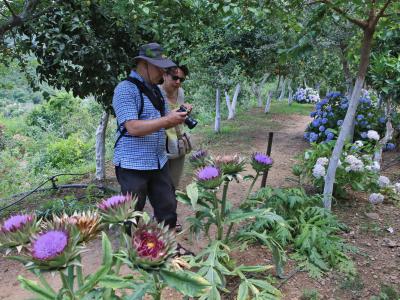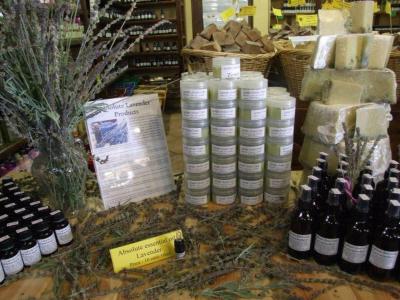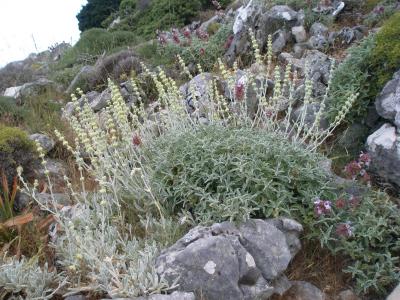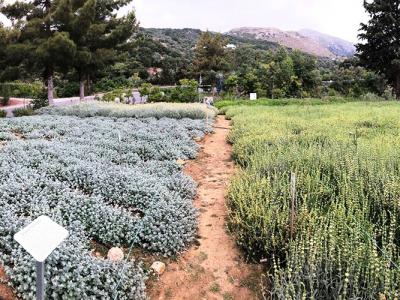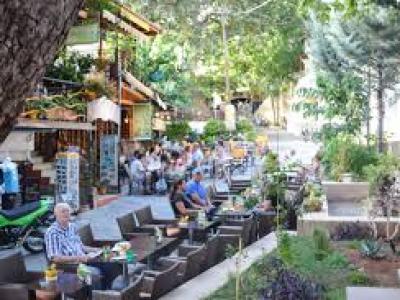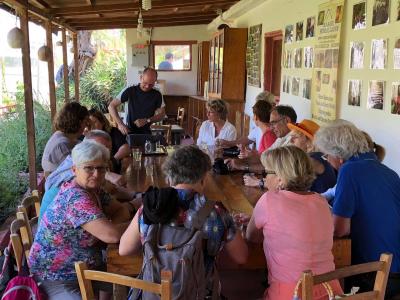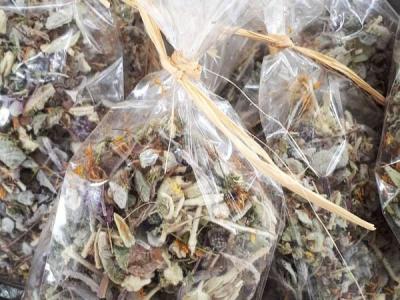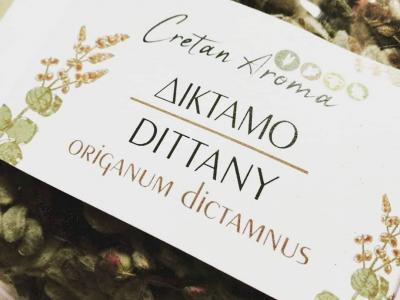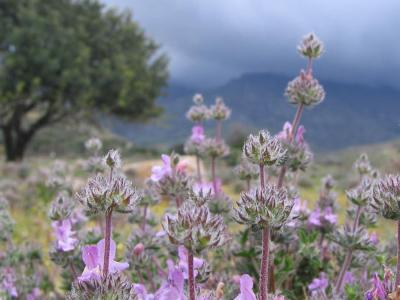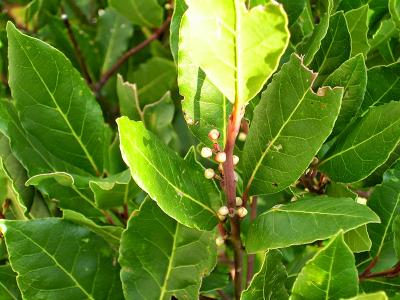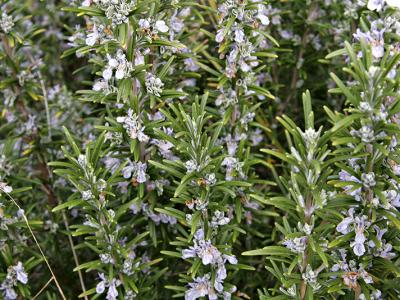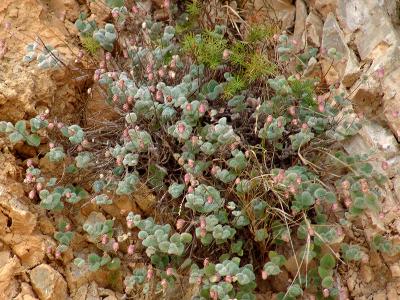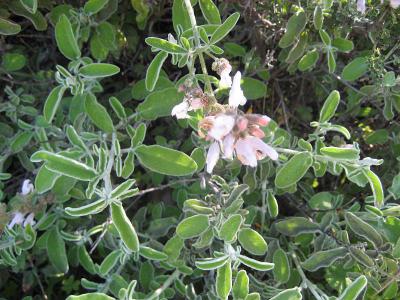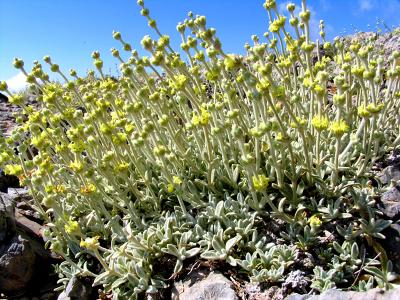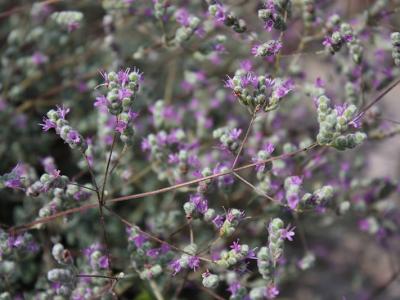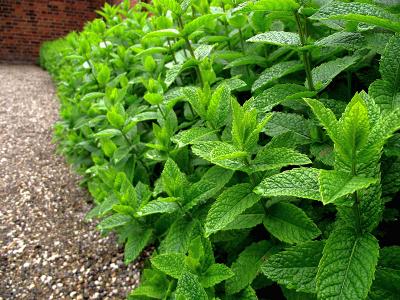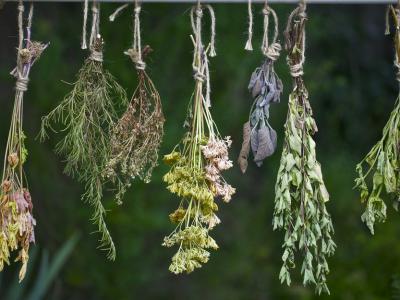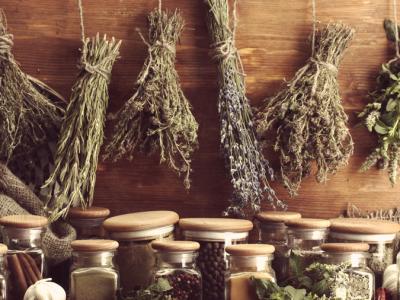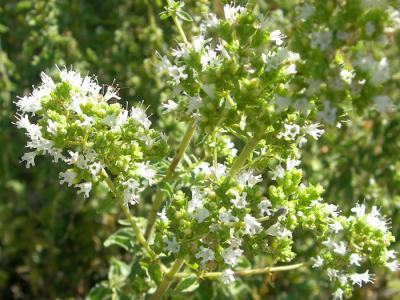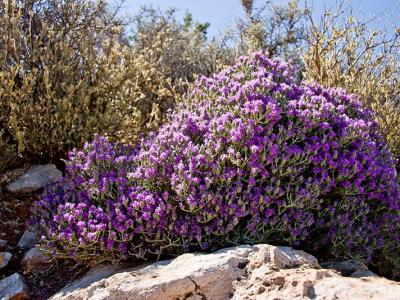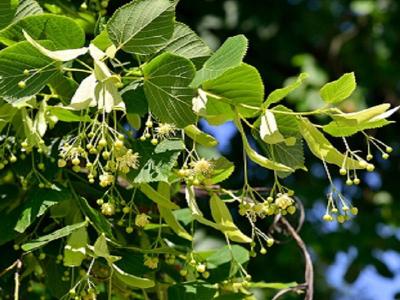Cretan Herbs - The Wealth Of Cretan Nature
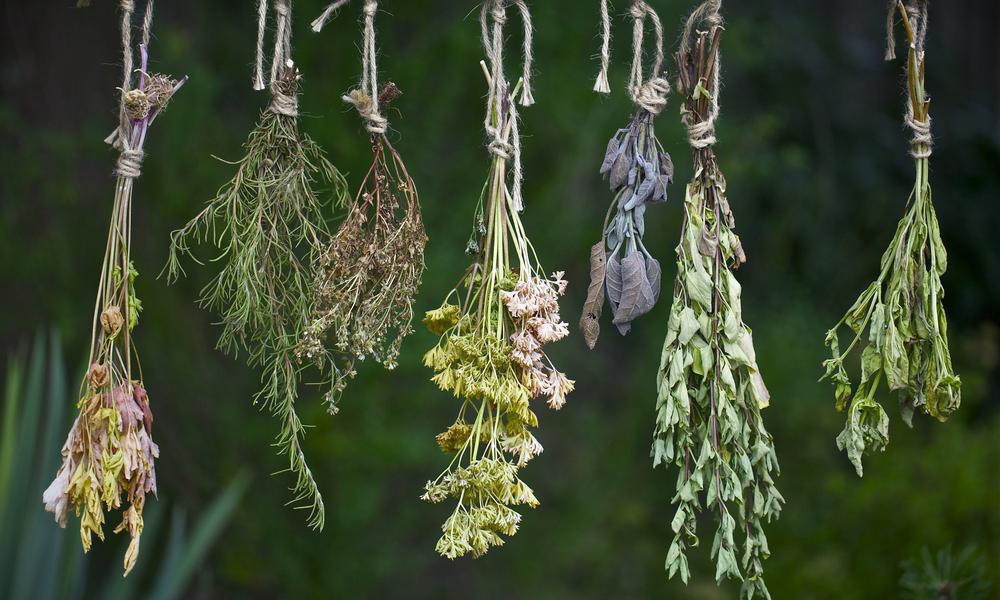
Cretan Herbs
Cretan herbs are a great tradition of the island. Botanical studies have revealed that Crete has one of the richest and most interesting ecosystems in Europe. Collected by experienced collectors, dried under natural conditions and packed in modern packaging, without any chemical or other treatment. In Crete today, there are numerous herbs that have been used since antiquity as medicinal plants.
1) Malotíra or Siderítis
''Mountain tea”. It grows in dry and arid places around the mountains and is an important fodder. “Malotíra” is collected in July, during the period of its flowering. In ancient times the name “siderítis” was referring generally to the ability of healing wounds caused by metal objects. Try it with honey!
2) Díktamo or Érontas (Dittany)
“Díktamo” is also an endemic herb of Crete called “Erontas” or “stomach herb”. It is known since ancient times and was used in the cure of stomach ache and the healing of wounds, as it is mentioned by Hippocrates, the Father of Medicine. It is said that when the wild animals are injured, they rub their sore on the plant and it is healed right away. “Díktamo” grows on steep slopes and cliffs, so its collection is quite dangerous. It grows and is collected during the summer months.
3) Faskómilo (Sage)
It is one of the most popular Cretan herbs, with excellent flavour. It flowers in May and June with purple-blue flowers. It is known since antiquity for its medical properties. It is used in cooking to flavour various dishes, mainly meat.
4) Mantzourána (Marjoram)
“Mantzourána” grows in July and August and is collected in the same period. It is used in pharmacy, cooking, and perfumery. It has similar properties with thyme and since ancient times, it was used for the cure of nerve disorders and is ideal for the treatment of colds.
5) Rígani (Oregano)
The popular “Rígani” grows and is collected in June and July. Its flowers are white in colour with a sweet and spicy smell. Somebody can find it in rocky and sunny places. In the field of beekeeping, it is considered particularly important plant along with the thyme. It is used mainly in Mediterranean cuisine to flavour grilled fish and meat Since ancient times it is known for its medicinal properties. It is used as antiseptic, as medicine to toothaches and stomachaches.
6) Thymári (Thyme)
It grows in June and July, has blue flowers and is an important bee plant. “Thyme” honey is considered the finest in Crete. It has antiseptic, diuretic, anti-parasitic and antipyretic properties. Its oil is used also in toothpaste. “Thymári” is a great ingredient of many traditional Cretan dishes.
7) Ménta (Mint)
It blossoms and picked up in July and August and considered as one of the most important Cretan herbs. It contributes against indigestion, nerve disorders and insomnia. It is usually used as a flavour ingredient in ice creams, fruit compotes and salads, mainly because its smell is very strong and gives a particularly delicious flavour to the salad.
8) Dáfni (Laurel)
Formerly, it was used to strengthen hair and its tea is spread on parts of the body, suffering from rheumatism or muscle contusions. It is very useful against indigestion and for the proper functioning of the stomach.
9) Dentrolívano (Rosemary)
Previously used as a beverage in headaches as ideal for migraines. It was considered by scientific experts that frequent use is ideal against hair loss of the scalp. It is antibacterial, antiseptic and very stimul
Book a tour of the magical world of Cretan herbs, an unforgettable experience for all lovers of mountain tea with healing properties
